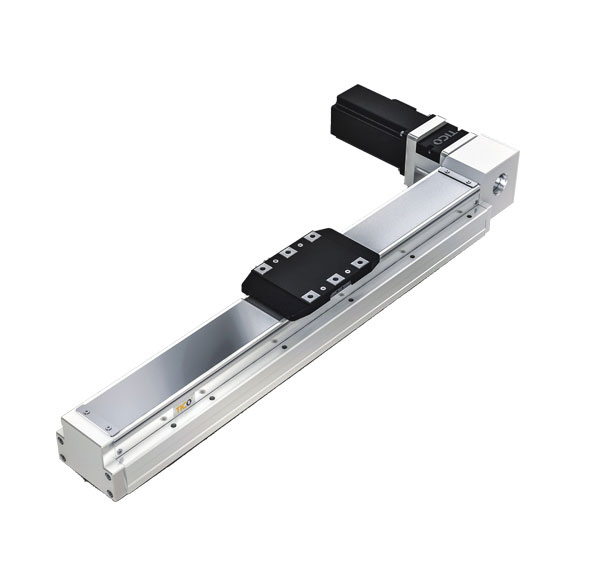Tell:0750-7152989
Fax:0750-7152993
E-mail:2032974679@qq.com
Web:en.tico-robot.net
Add:Baoyuan road No.3, jingguzhou development area,xinhui,jiangmen, guangdong(Continental factory)
At present, there are many robotic arms on the market. Many small partners cannot distinguish whether robotic arms and robots are the same concept. Today, Xiaobian and everyone will explain.
A robotic arm is a mechanical device that can be automatic or manually controlled;
An industrial robot is an automated device. A mechanical arm is a type of industrial robot. Industrial robots also have other forms. So although the meanings of the two are different, the contents of the reference have overlapping parts.
So in simple terms, there are many types of industrial robots, and robotic arms are just one of them.
Mechanical arm
A robotic arm is a "fixed or mobile machine whose structure usually consists of a series of interconnected or relatively sliding parts for grasping or moving objects. It can achieve automatic control, repeatable programming, and multiple degrees of freedom ( Axis). The main way of working is to move linearly along the X, Y, and Z axes to reach the target position. "
Industrial robot
According to the definition of ISO 8373, an industrial robot is a machine device that automatically performs work. A modular slide is a machine that realizes various functions by its own power and control capabilities. It can accept human command or run according to pre-programmed procedures. Modern industrial robots can also act according to the principles formulated by artificial intelligence technology.
Difference between robot and robotic arm
The robot arm is the most widely used mechanical device in the field of robots, and is widely used in industrial, medical and even military and space fields. The robotic arm is divided into four-axis, five-axis, six-axis multi-axis, 3D / 2D robot, independent robotic arm, hydraulic robotic arm, etc. Although there are many types, they have one thing in common: they can receive instructions and accurately position to three-dimensional (or two-dimensional) ) Points in space for work.
The difference between a robot and a robotic arm is that the robot can not only receive human instructions, the characteristics of the module slide table can also be programmed in accordance with humans to perform operations, and can also act according to the principles specified by artificial intelligence. In the future, robots will more assist or replace human work, especially some repetitive work, dangerous work, etc.
European and American countries have different definitions of robots:
European and American countries believe that the robot should be controlled by a computer and make the robot a multifunctional automatic machine through programming; Japan believes that the robot is a high-level automatic machine, so the robot arm is included in the definition of robot.
European and American countries believe that 6-axis and above manipulators can be called robots, and 5 and below can only be called manipulators; Japan defines 3-axis manipulators as robots.
Nowadays, the concept of robots in the world has basically become consistent, and they all think that robots are an automated machine that realizes various functions by its own power and control capabilities.
The difference between the application range of the robotic slide and the robotic arm in the module slide table:
Manipulators are widely used in industry, and the main technologies they include are drive and control. Manipulators are generally connected in series.
The robot is mainly divided into a series structure and a parallel structure:
Parallel robots (PM) are mostly used in situations that require high rigidity, high precision, high speed, and do not require large space. They are specifically used in sorting, handling, simulated motion, parallel machine tools, metal cutting, robot joints, and spacecraft interfaces;
The series robot and the parallel robot form a complementary relationship in application. The working space of the series robot is large, and the module slide table specification can avoid the coupling effect between the drive shafts. However, each axis of the mechanism needs to be controlled independently, and encoders and sensors are required to improve motion accuracy.
